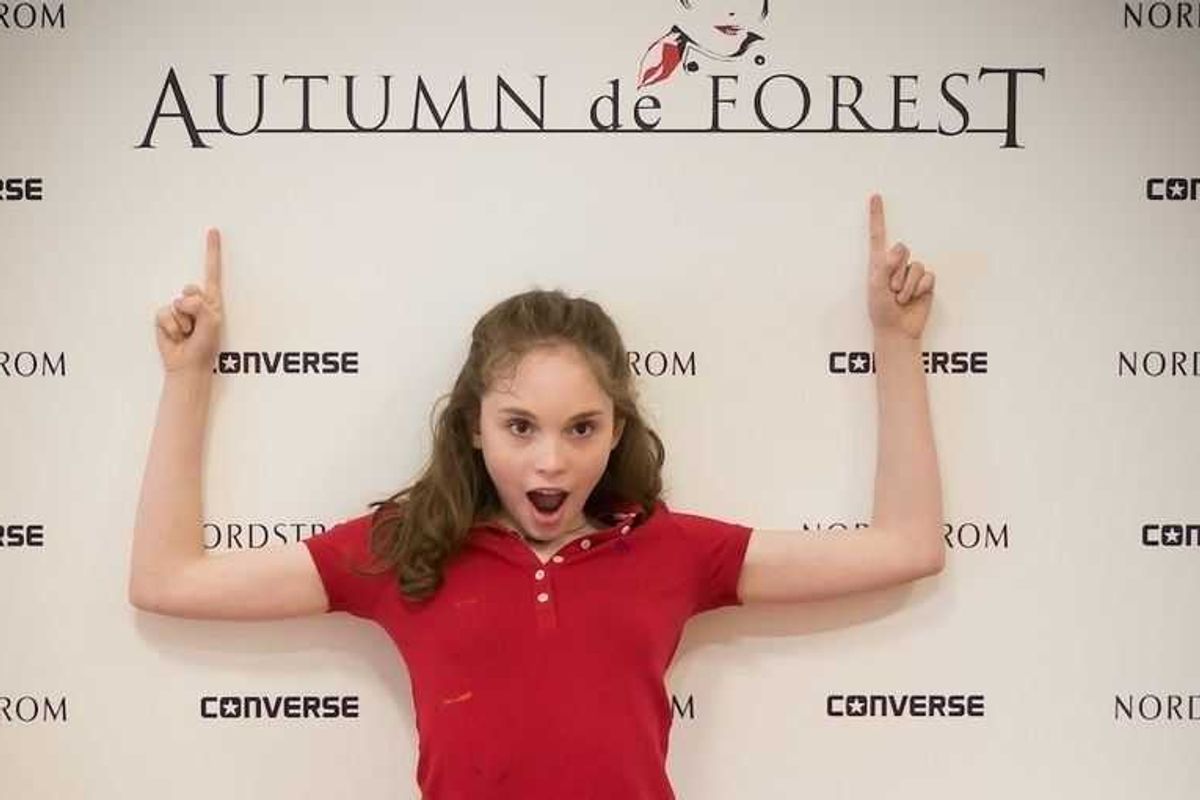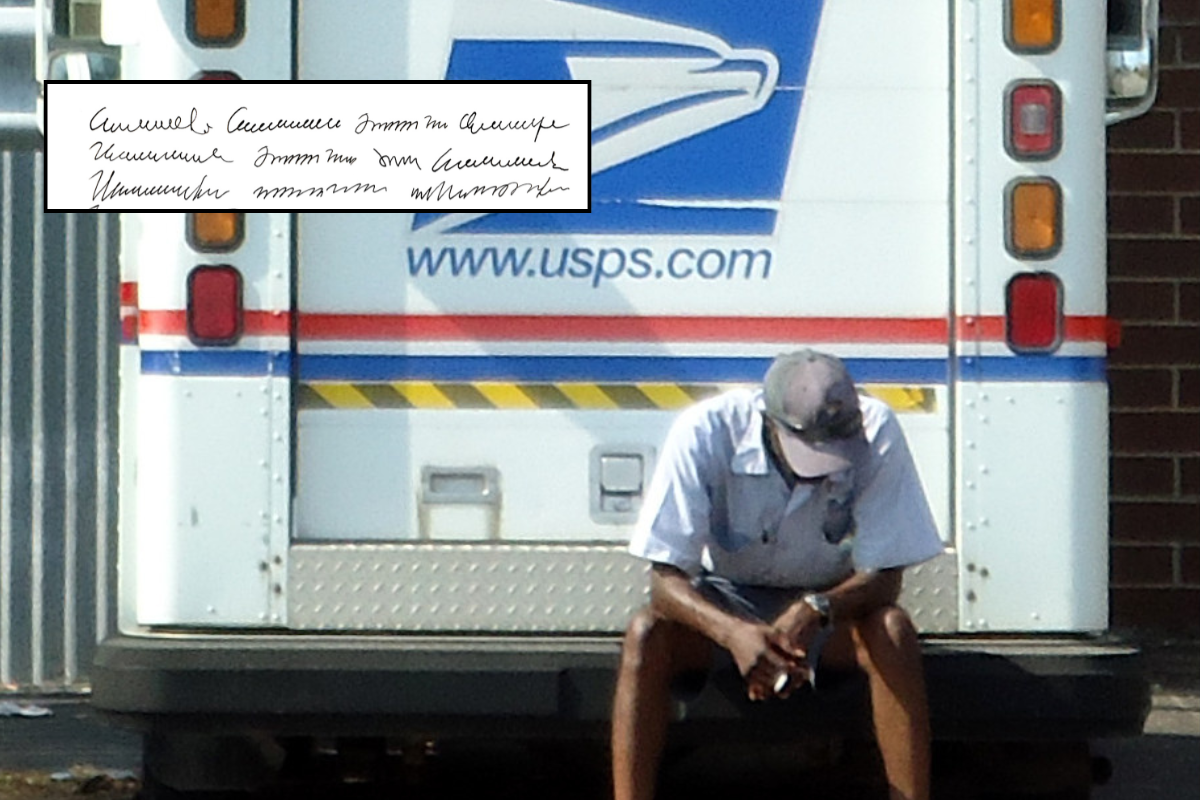Woman who went from a size 18 to a size 6 gets candid about her newfound 'skinny privilege'
"When I speak, people tend to listen more."

“Skinny privilege is a thing, and even I find myself taking advantage of it.”
There are many different types of social privilege. We most often talk about the privilege associated with class, race or sex, but the inherent advantages of being thin are certainly substantial as well.
Take a 3-second scroll through your social media platform of choice, and you’ll see the endless messages—both insidious and overt—that glorify thin and/or muscular bodies while shaming other body types. Having a body that is celebrated by society offers benefits like respectability, kindness and even better health care. That is thin privilege, aka skinny privilege, in a nutshell.
And if there’s any doubt as to whether or not this privilege exists, take it from those who have lost weight and were suddenly treated differently (read: better).Meg Stier, an actress and motivational speaker based in New York, is one of those people. Stier recently got candid about all the unexpected changes that came after she went from a size 18 to a size 6 in a video posted to her TikTok.
And while Stier noted that this was “not an attack on skinny people,” adding that they have their own problems too, her stance was clear that—at least in her own experience—skinny privilege definitely exists, and we need to talk about it.
@megmackenzies Anyone else experince these things? #bodyacceptance #nyc #bodypositivity #performer #lifestyle #weightloss ♬ original sound - Meg Mackenzies
The list included conveniences like being able to find her size in any store to being shown more basic human decency, like people looking her in the eye when they speak to her and actually listening when she speaks.
Even her career “took off” the moment she lost weight. “I didn’t suddenly become more talented, smarter or better at my job,” she said. “I just looked different.”
In fact, Stier can now make the same lifestyle choices she made when she was larger without outside judgment, simply because she looks different.
“Nobody judges when I order a cheeseburger or a salad. I can literally eat whatever I want in public, and nobody thinks twice about it” she revealed. She can also go to the gym without people giving her sympathetic looks.
“People considered me unmotivated, unhealthy, and in general just lazy because I was bigger. Those are three words that no one would use to describe me now, and my lifestyle really hasn't changed that much," she said.
“There’s a serious bias against fat people, and unless you’ve lived on both sides of the spectrum it’s hard to fully grasp what that means,” she concluded. “Skinny privilege is a thing, and even I find myself taking advantage of it.”
Stier is not alone in her experience. Her video received a ton of comments from other people who had lost weight and were treated better because of it. Some even shared the congratulations they got after losing weight due to illness.
Not only that, but there are literally thousands of videos on TikTok under the hashtags #skinnyprivilege and #thinprivilege reflecting similar stories, all attesting that it is in fact a real thing. Many even reflected on what it was like to gain some weight back and return to being “invisible.”
@itsmekelsc Today I chose the sassy life 💁🏼♀️ but it had to be said. The difference in treatment from strangers is WILD #weightbias #obesitybias #skinnyprivledge #obesity #weightloss #weightlossjourney #pcos #pcosawareness #mounjaro #ozempic ♬ original sound - Kelsey ✨
As with all forms of societal privilege, addressing the issue starts with spreading awareness. Social media might add to the problem with the way it often sells the idea of thinness and beauty as status enhancers, but it can also be a great tool in ending stigma as well. Conservations like the one Stier and others are having helps us take a closer look at our own beliefs and hopefully challenge them.
We’ve already seen the ways challenging the status quo can create actual change. The exploitative nature of capitalism aside, think about all the brands that have adapted to a more diverse, inclusive beauty standard due to real people taking a stand. Think of how much more body neutrality is a part of our collective mindset than it was only a few short years ago. Clearly, we still have ways to go, but part of progress is getting real with what’s in front of us.
- During WWII, beauty was propaganda, but it might’ve helped win the war. ›
- In just 37 seconds, you'll see why beauty standards are still so ridiculous ›
- TikTok's scarily precise, too-real beauty filter has people rightfully freaked ›
- It's the side of extreme weight loss rarely seen, but that's why it's needed. - Upworthy ›
- Naturally skinny people share 17 things they wish people understood - Upworthy ›
- Woman who lost her 'pretty privilege' overnight says it changed how she saw everyone - Upworthy ›
- Woman who lost her 'pretty privilege' says it changed how she saw everyone - Upworthy ›



 TikTok · Ale
TikTok · Ale
 Autumn created this piece when she was just 5 years old.Autumn de Forest
Autumn created this piece when she was just 5 years old.Autumn de Forest  Autumn de Forest paints Autumn de Forest
Autumn de Forest paints Autumn de Forest  An Autumn de Forest paintingAutumn de Forest
An Autumn de Forest paintingAutumn de Forest 
 Autumn de Forest stands with the Pope who looks at one of her paintings Autumn de Forest
Autumn de Forest stands with the Pope who looks at one of her paintings Autumn de Forest 

 Kittens are the cutest.
Kittens are the cutest.  Grrrr, wook at his widdle paws and his widdle whiskers.
Grrrr, wook at his widdle paws and his widdle whiskers. 
 Bluebells at the Brooklyn Botanical Gardens.
Bluebells at the Brooklyn Botanical Gardens. 